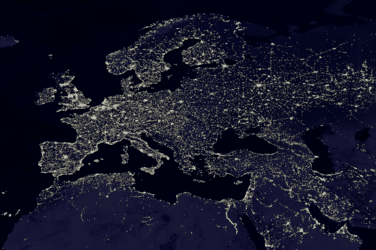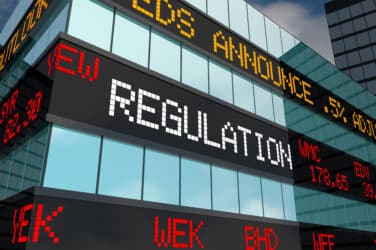
ATS operators object to minimum price improvement requirement.
Proposals to mandate minimum price improvement by dark pools is encountering stiff resistance from ATS operators.
Both the Canadian Securities Administrators and the Investment Industry Regulatory Organization of Canada (IIROC) have been working to develop rules for both dark pools and dark order types.
The most recent proposal—Notice 23-311—would mandate minimum price improvement by dark orders. Regulators are proposing that dark orders would need to price improve over the NBBO by one full tick.
Often compared to the trade-at rule in the U.S. markets, the idea is to prevent dark orders from jumping in front of visible quotes by some fraction of a tick, and potentially de-incenting investors from placing visible bids and offers in the lit market, according to ITG.
Operators of dark pools are objecting strenuously to the proposed minimum price improvement requirement.
“From TriAct’s perspective, as the leading dark pool in Canada, with over four years of operation, we do not agree that a full price increment–or half increment when the spread is one price increment–should be the minimum amount required for a dark pool,” Torstein Braaten, CEO of Canada Marketplace, told Markets Media.
Fees and rebates on lit markets have changed how market participants transact. “The [TriAct] MATCH Now model strikes an appropriate balance with 20% price improvement on market flow orders,” Braaten said. “These market flow orders are checking into MATCH Now to get a better price than crossing the spread, so they benefit with any amount of price improvement.”
MATCH Now already provides the recommended price improvement on the trades where both sides are liquidity providers, i.e., they split the spread, he said.
“When liquidity suppliers are trading with market flow orders, we believe that they are providing a meaningful amount of price improvement, and the difference between them earning a rebate as opposed to paying a fee plus 20% price improvement is significant enough to address the ‘visible quote jumping’ debate,” Braaten said.
Under 23-311, passive fully hidden orders must meet or exceed a minimum size threshold. This proposal is actually a place holder that the regulators are trying to get approved, so if they decide a minimum size is required, they can implement it relatively quickly, according to ITG.
The proposal would allow IIROC to set a minimum size for any order entered passively into a dark pool or using a fully hidden order in a lit venue. Currently, it’s believed that the minimum size would likely be 50 board lots for all stocks regardless of the liquidity of price of any given issue, according to ITG.
On any given venue, lit liquidity would get priority over dark liquidity. This would ensure that the matching algorithm at each venue prioritized visible orders when a marketable contra side order was available.
Using the TSX as an example, an inbound marketable order would first interact with any visible liquidity, then would match with the hidden portion of any iceberg orders, and then with any fully hidden orders at each price level.





